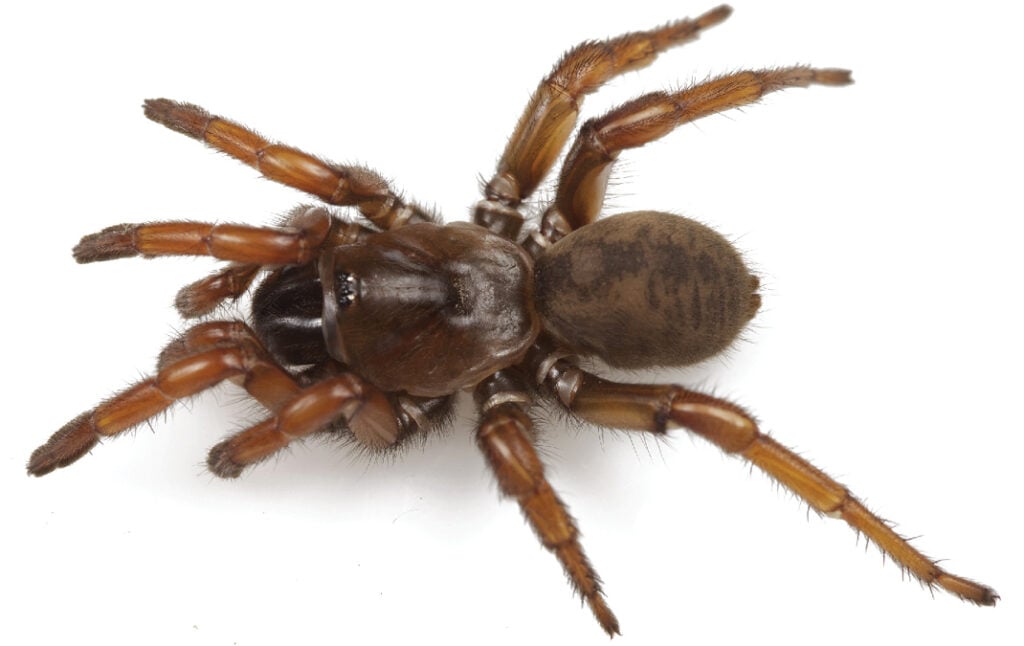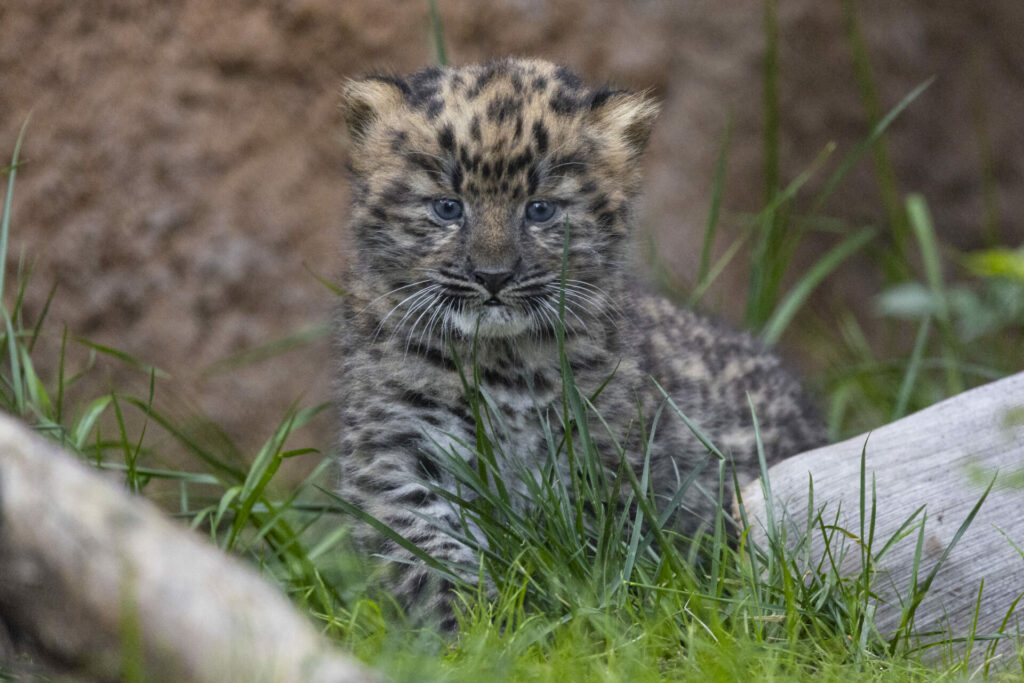Scientists should not name new species after celebrities in case they become unpopular and are cancelled, a leading scientist has warned.
Last month a newly discovered species of millipede was named after Grammy-award winning singer Taylor Swift, while a spider has been named after Hollywood actress Angelina Jolie, and a bee after superstar Beyoncé.
That’s all very well for those stellar species as their celebrity namesakes are riding high but what about the beetle named after Adolf Hitler or the moth called Donald Trump?
Between 15,000 and 18,000 new species of plants and animals are discovered every year and need to be named. Although many are given mundane or descriptive monikers, others are given more contemporary identities after famous people.
‘One person’s hero is another’s villain, and even celebrities that are widely acclaimed today can fall from grace tomorrow leading to nomenclatural regret’
But Professor Robert Poulin, a professor of zoology at the University of Otago, in New Zealand, said that the trend should be avoided as it can lead to what he describes as ‘nomenclatural regret’ and the celebrity becomes victim to cancel culture.
Writing in the Proceedings of the Royal Society journal, he said: ‘One person’s hero is another’s villain and even celebrities that are widely acclaimed today can fall from grace tomorrow, leading to nomenclatural regret for those who immortalised their name in a species.’
Names of living things should instead refer to their shape or the place where they were found, he suggested.
New names have to be approved by the International Code of Zoological Nomenclature (ICZN).


Recent examples of people being immortalised in a newly discovered species include a moth, found in southern California and northern Mexico, which has been named Neopalpa donaldtrumpi after the former US president.
Derek Hennen, a researcher at Virginia Tech in Blacksburg, Virginia – and a fan of Taylor Swift –decided to name a millipede species Nannaria swiftae.
There are many species named after Sir David Attenborough – over 40 creatures and plants bear his distinguished name, including Attenborough’s rubber frog (Prisimantis attenboroughi), Attenborough’s pitcher plant (Nepenthes attenboroughii) and the burgundy snail (Attenborougharion rubicundus).
Greta Thunberg, the Swedish environmental activist, has also had multiple species named after her. These include a rainfrog (Pristimantis gretathunbergae), a snail (Craspedotropis gretathunbergae), a spider (Chibchea thunbergae), a beetle (Nelloptodes gretae) and a genus of spiders (Thunberga).
Dr Poulin came to his conclusion during his work studying species of parasites, many of which are named after scientists, including 77 after just one man, Dr Charles Bursey
Although names do not have to convey information about the species, Dr Poulin urged scientists to go back to the days when the chosen name is ‘giving clues to what it looks like, what animal it lives in, or where in the world it may be found.’
However he acknowledged distinctive names can ‘draw public attention to the importance of species discovery and biodiversity.’













